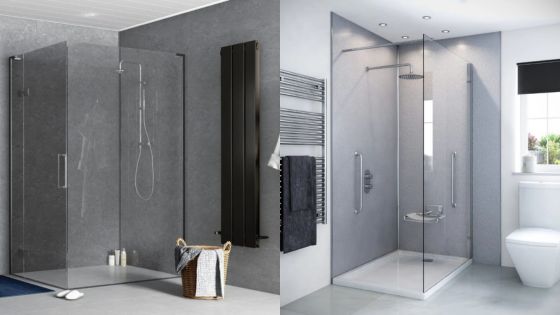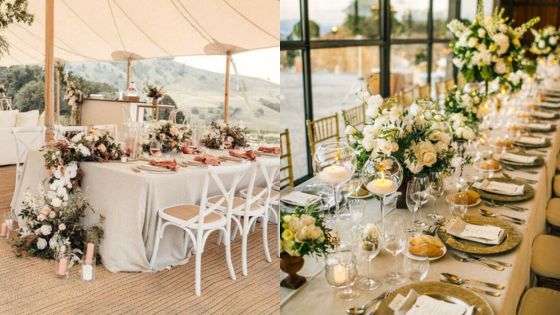Anime body sketching combines creativity with foundational anatomy, providing a unique way to express character and style. By mastering the basics of body proportions and movements, artists can create dynamic and engaging representations of their characters. This skill not only enhances their artistic portfolio but also deepens their understanding of anime as an expressive art form.
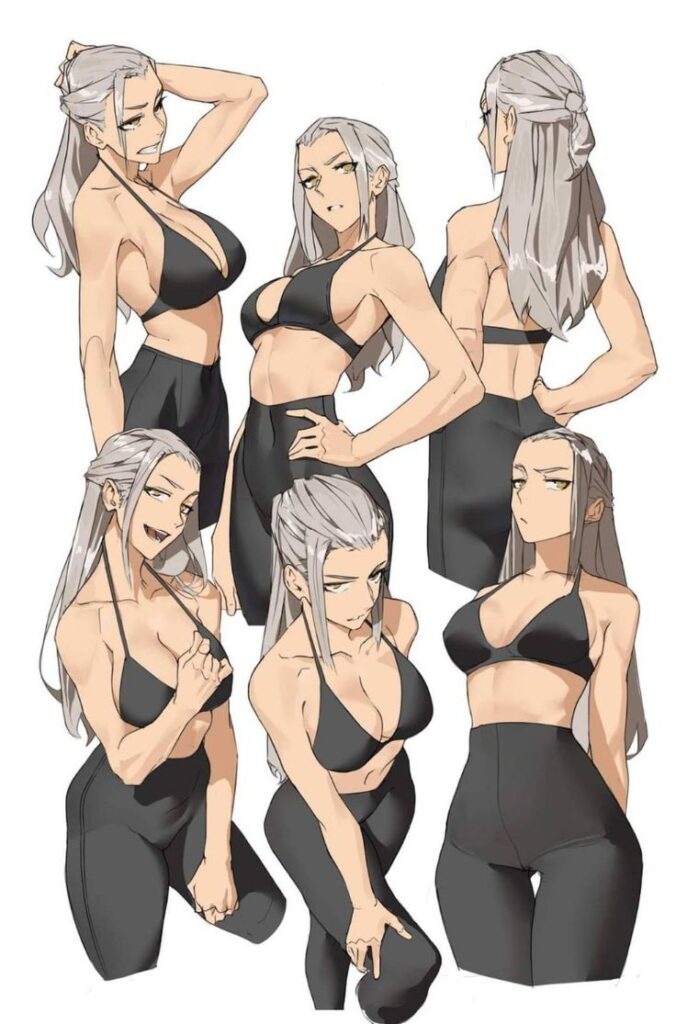

Practicing anatomy drawing is essential for anyone looking to excel in anime sketching. Artists must familiarize themselves with how different body types move and interact within various poses. This knowledge directly contributes to the authenticity and appeal of their character designs, making their artwork resonate with audiences.
Embracing digital art techniques can further enhance anime body sketches, allowing for greater experimentation with styles and effects. Utilizing software can provide tools that traditional methods cannot, resulting in polished and professional outcomes. Artists can continuously improve by seeking feedback and dedicating time to refine their skills.
Key Takeaways
- Mastering body proportions is crucial for effective anime sketching.
- Understanding anatomy aids in drawing more dynamic characters.
- Digital tools can enhance creativity and improve overall artwork.
Understanding Anime Art Style
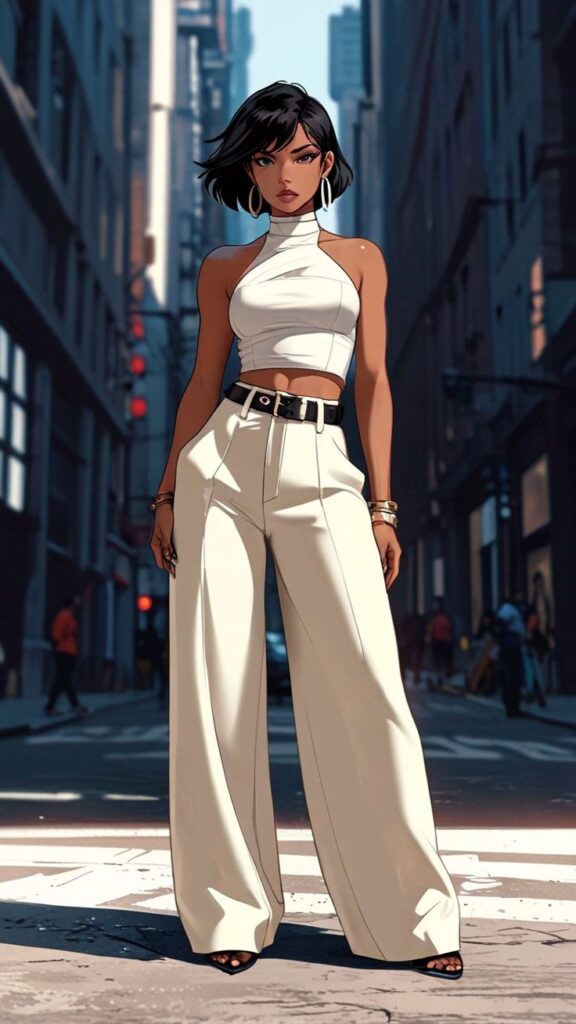
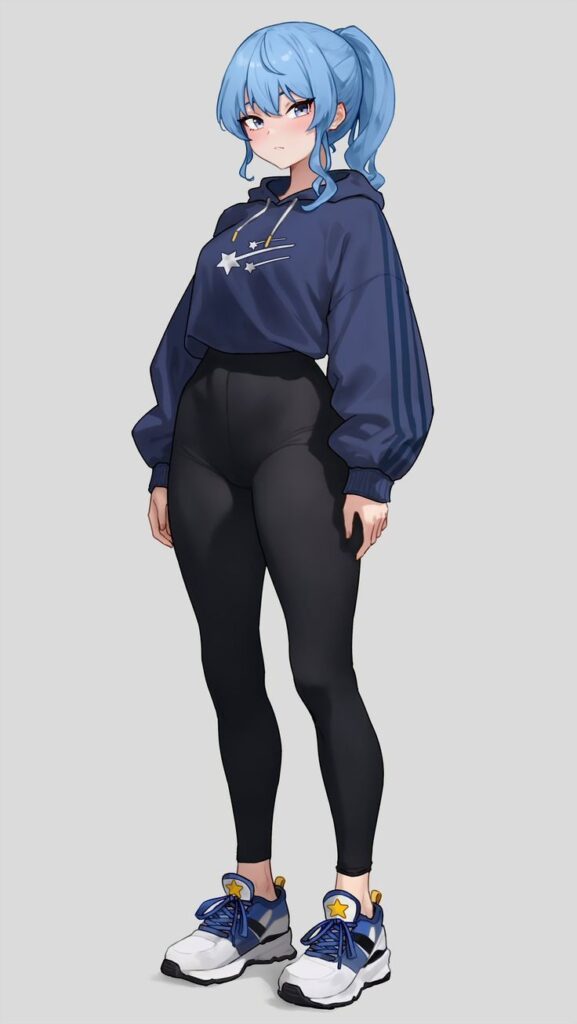
Anime art style is characterized by its unique aesthetics, which have evolved over decades. It draws on various cultural influences, resulting in distinct visual features that set it apart from other art forms.
History and Origins
The history of anime can be traced back to the early 20th century, with influences from Japanese art and Western animation. The term “anime” itself became popular in the 1960s, with the emergence of landmark series like “Astro Boy” by Osamu Tezuka. Tezuka’s work introduced the characteristic large eyes and simplified facial features that are now hallmarks of the style. As technology advanced, so did anime, incorporating diverse techniques and themes, leading to its global popularity by the 1990s.
Characteristics of Anime
Anime is distinct in its visual traits, which include vibrant colors and exaggerated facial expressions. Common elements include:
- Character Design: Characters often have large, expressive eyes, unusual hair colors, and stylized proportions.
- Visual Effects: Dynamic movement is illustrated through speed lines and dramatic poses.
- Background Art: Detailed and immersive settings often enhance the overall narrative.
These characteristics contribute to the emotional expression and storytelling potential inherent in anime, making it appealing across demographics.
Basics of Drawing Anatomy
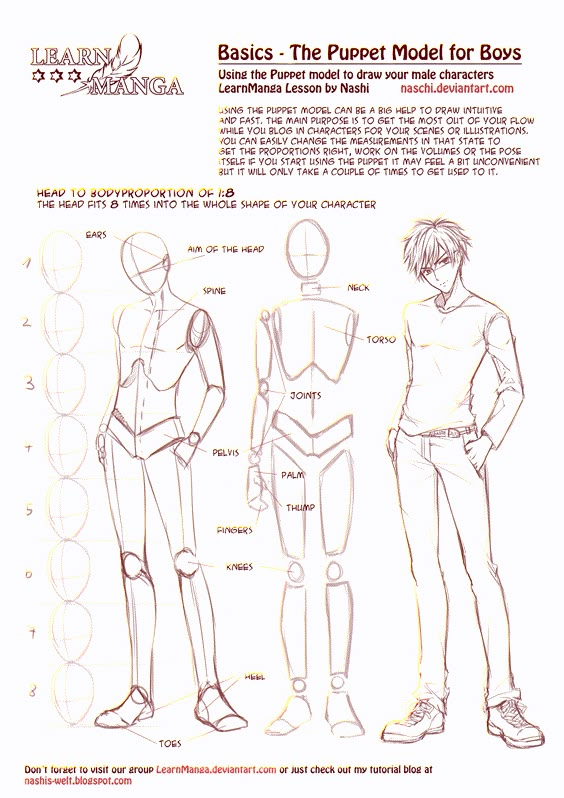
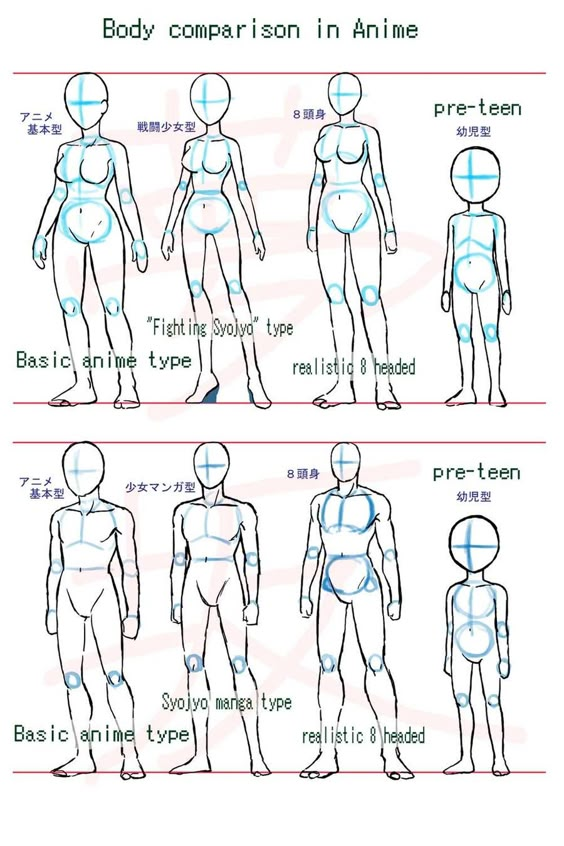
Understanding the foundational aspects of anatomy is crucial for creating accurate and compelling drawings. The following sections focus on anatomical proportions, the human skeleton, and the basics of musculature.
Anatomical Proportions
Anatomical proportions serve as the guiding framework for figure drawing. Artists often use a system based on the average human figure, which is typically divided into sections.
- Head as a Unit: The adult figure is commonly considered to be around 7 to 8 heads tall.
- Proportional Divisions: Each section has specific measurements, such as the torso being approximately 2 to 3 heads in height and the legs making up about half of the total height.
By adhering to these proportions, artists can achieve a balanced and realistic representation of the human body.
Human Skeleton Fundamentals
A strong grasp of the human skeleton is essential for any artist. The skeleton provides the structural framework that underlies all body types and poses.
- Key Bones: Focus on major bones, including the skull, spine, rib cage, and limbs. Understanding their locations and functions allows for accurate positioning in drawings.
- Articulations: Joints such as the shoulder, elbow, and knee enable movement. Recognizing how these joints operate helps in depicting dynamic poses effectively.
Illustrating the skeleton can enhance both the artist’s knowledge and the final artwork.
Musculature Basics


Muscles give shape and definition to the human form. Knowing the basic muscle groups aids artists in creating more dynamic and realistic figures.
- Major Muscle Groups: Muscles can be categorized into groups like the pectorals, deltoids, and quadriceps. Familiarity with these helps in understanding how they affect body movement and posture.
- Muscle Function: Each muscle group plays a role in mobility. For instance, the biceps and triceps allow for arm movement, while the abdominal muscles support the torso.
By studying musculature, artists can better capture the lifelike quality of the human body in their sketches.
Drawing Anime Heads

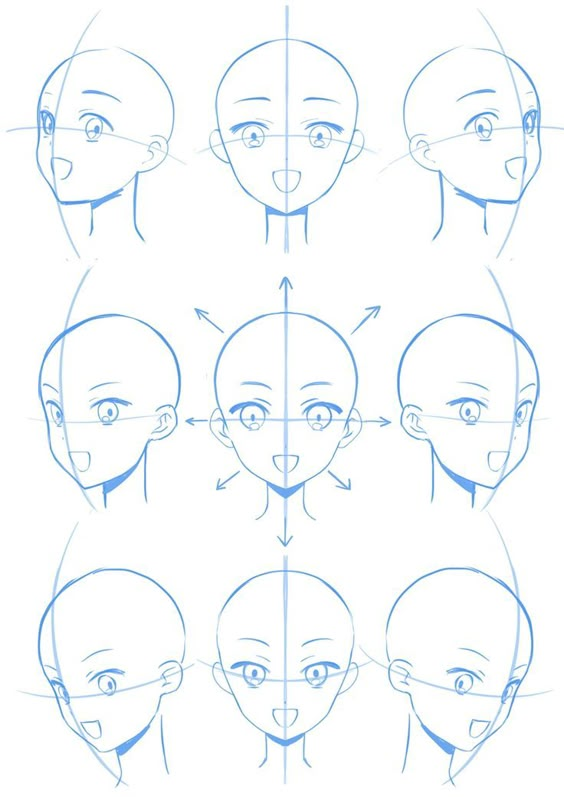
Creating anime heads requires attention to detail, particularly in the placement of facial features, the design of eyes and expressions, and the styling of hair. Mastering these elements leads to more believable and engaging character designs.
Facial Features Positioning
Proper positioning of facial features is essential in anime. The face is typically divided into sections, which helps in placing eyes, nose, and mouth accurately.
- Eye Line: Traditionally, the eyes sit slightly above the halfway point of the head.
- Nose Position: The nose is positioned below the eye line, generally at about the one-third mark.
- Mouth Placement: The mouth is roughly between one-half to two-thirds down from the eye line.
Using guidelines can assist in creating symmetry and balance. Features may vary based on character age and emotion, so adjusting size and positioning can reflect character personality effectively.
Eyes and Expressions
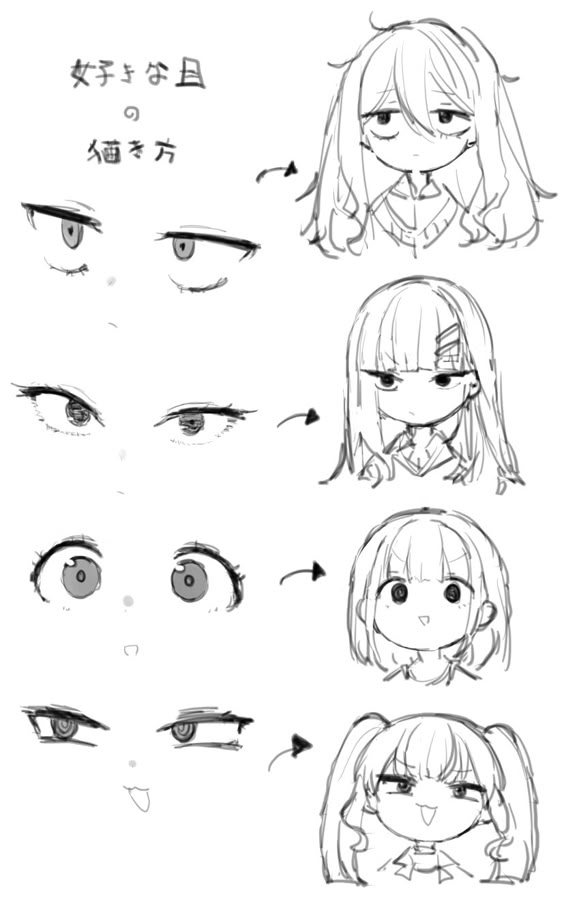
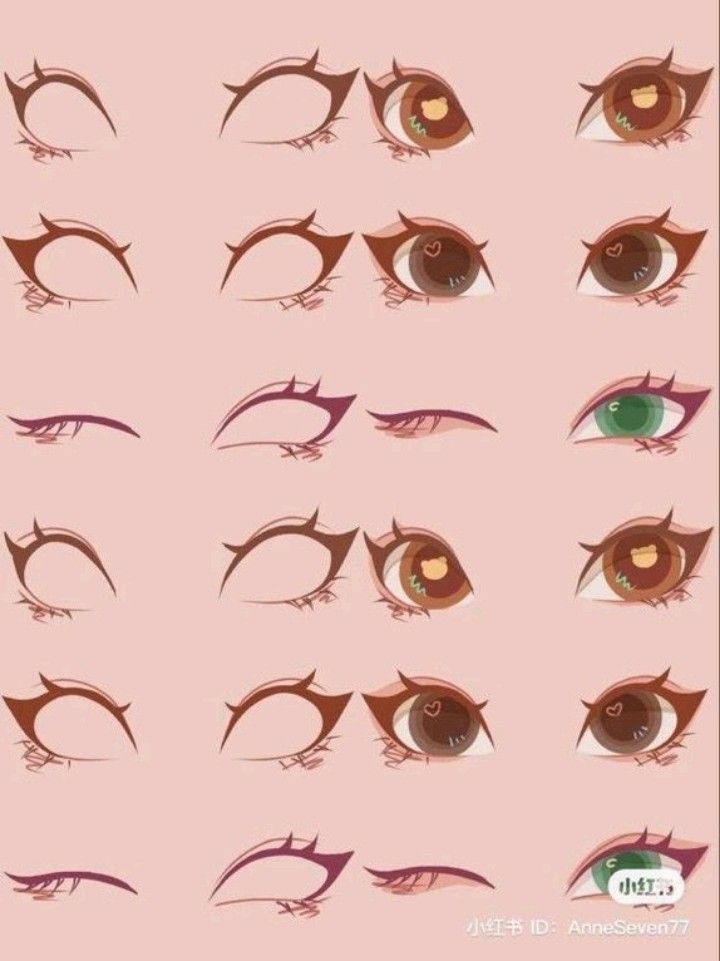
Anime eyes greatly influence character expression. They can vary significantly in size, shape, and color, effectively conveying emotions.
- Shape: Large, round eyes often represent innocence or youth, while narrow eyes can express maturity or cunning.
- Details: Highlights within the eyes enhance expressiveness. Typically, two or three highlights are drawn to suggest light reflection.
Facial expressions can be enhanced with adjustments to the eyes. For instance, a slight change in the angle or size of the eye can evoke surprise or joy, adding depth to character emotions.
Hair Styles and Types
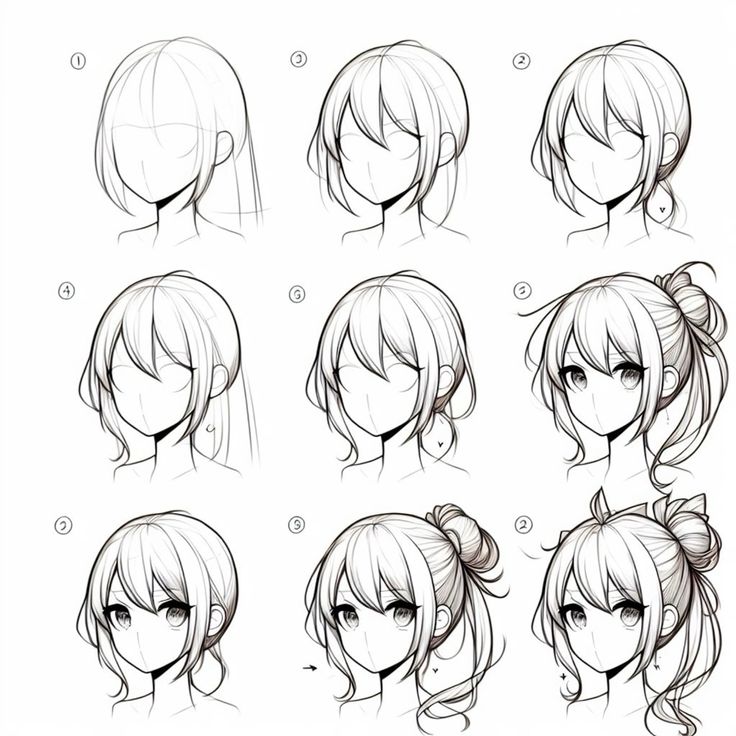
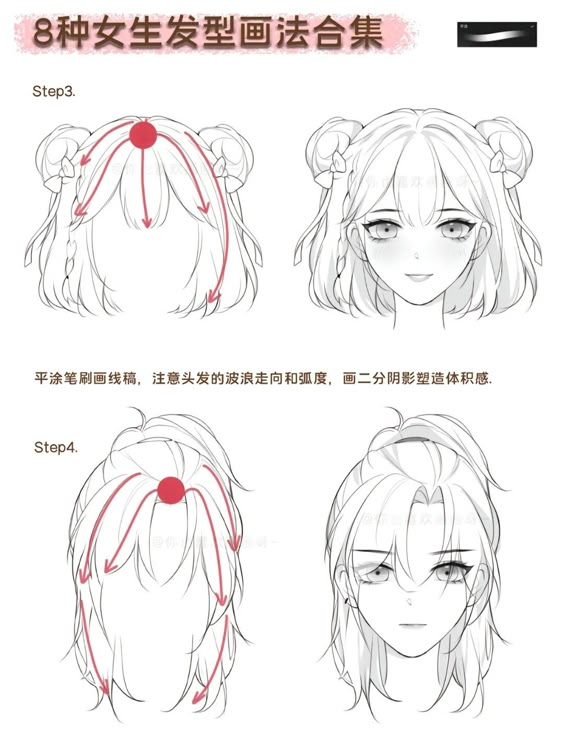
Hair in anime can define a character’s identity and style. Many hairstyles reflect personality traits and can vary widely.
- Length: Long and flowing hair may suggest gracefulness, while short hair could imply energy and boldness.
- Styles: Popular styles include spikes for rebellious characters or neat and tidy looks for disciplined personas.
Color choices significantly affect perception. Bright colors can indicate a playful or magical character, while darker tones may reveal seriousness. The way hair is drawn also plays a role; adding movement and volume can effectively enhance a character’s dynamic presence.
Sketching Anime Bodies
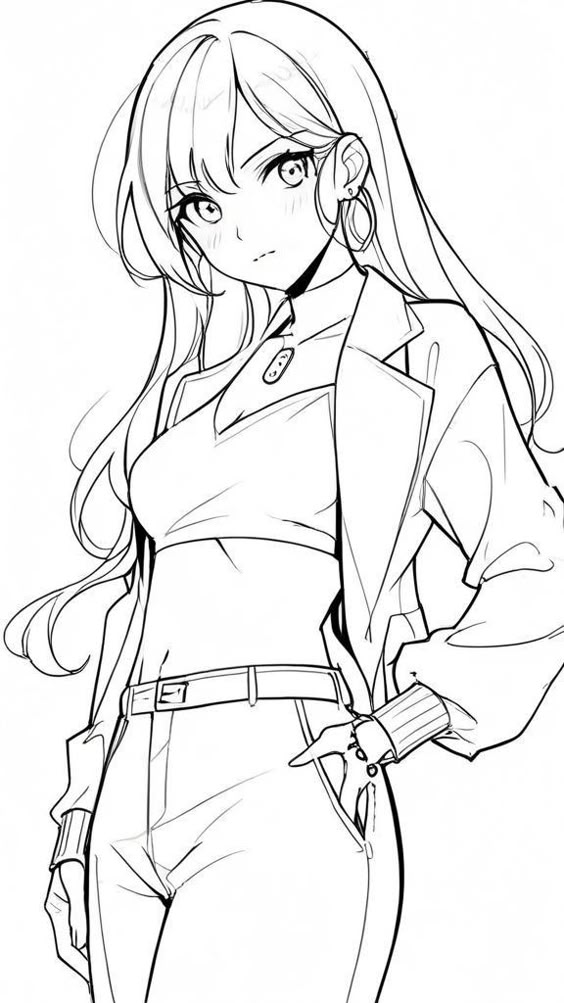
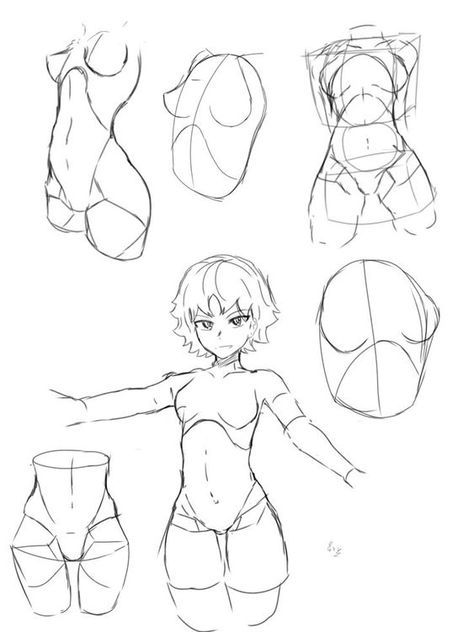
When sketching anime bodies, attention to proportions, dynamic poses, and the representation of clothing is crucial. These elements contribute significantly to creating characters that feel alive and engaging.
Body Proportions and Shapes
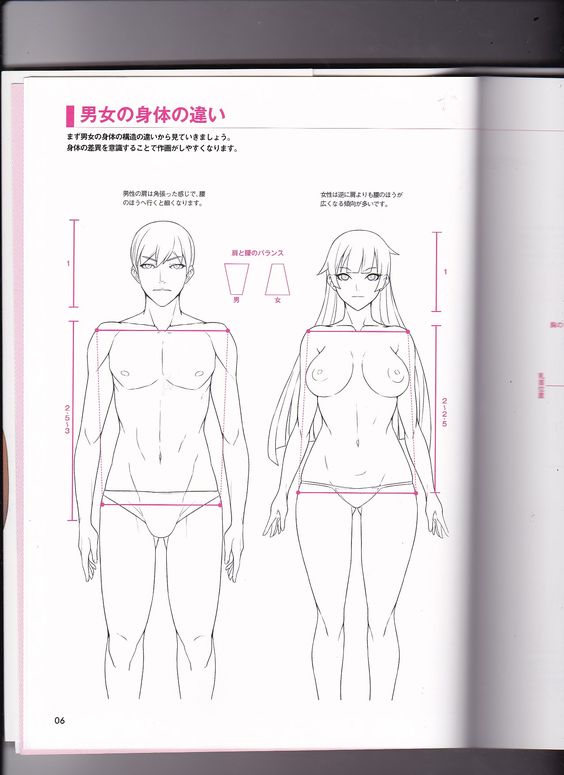
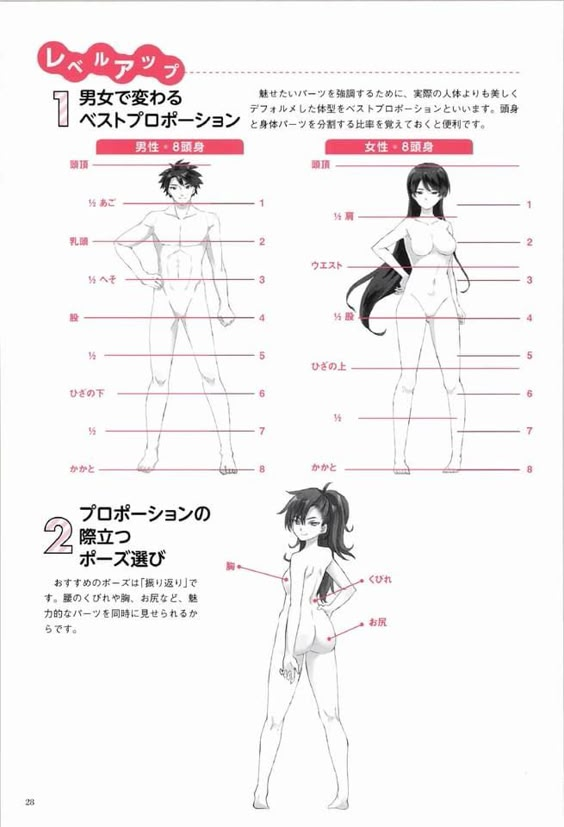
Anime body proportions often deviate from realistic human anatomy. A common approach is the “7 to 8 heads tall” rule, which determines the character’s height.
- Head Size: The head is usually larger in relation to the body, especially in chibi styles.
- Torso and Limbs: The torso can appear shorter or longer based on character design. For example, heroic figures might exhibit broader shoulders and a pronounced upper body.
- Ellipse Shapes: Taking inspiration from basic geometric shapes helps in establishing form. Use ellipses for the torso, cylinders for limbs, and spheres for joints.
These guidelines help maintain a consistent style while allowing for variation.
Dynamic Poses
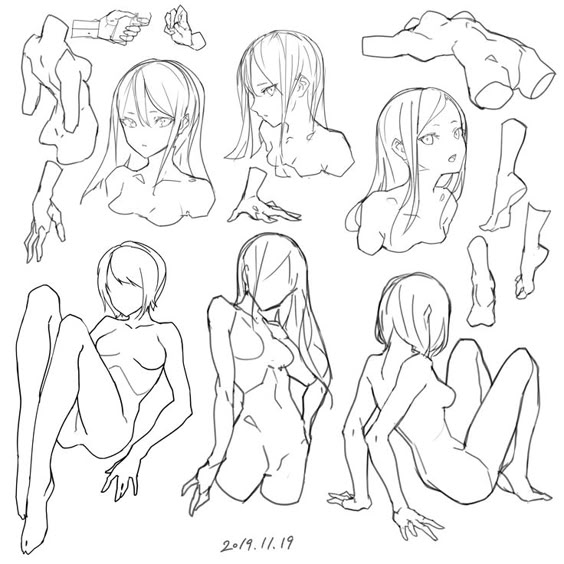
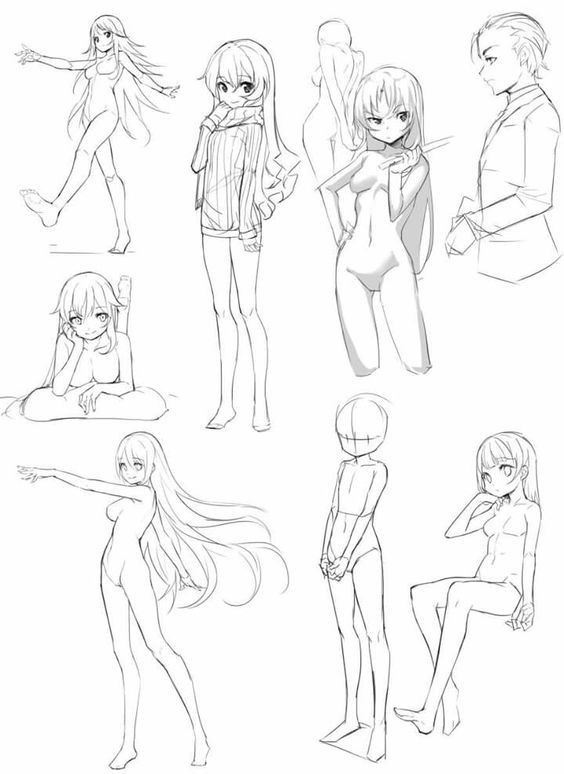
Capturing dynamic poses enhances the action and appeal of the character. It’s essential to consider the character’s weight distribution and the flow of movement.
- Line of Action: Establish a strong line of action to guide the pose. This line creates energy and directs attention to the focal point.
- Foreshortening: This technique adds depth by altering the size of body parts based on their position. A hand reaching toward the viewer should appear larger than one facing away.
- Gestures: Quick gesture sketches are useful for finding the essence of a pose. They help artists explore various positions without getting bogged down in detail.
Creating fluid, dynamic poses makes characters relatable and engaging.
Clothing and Drapery
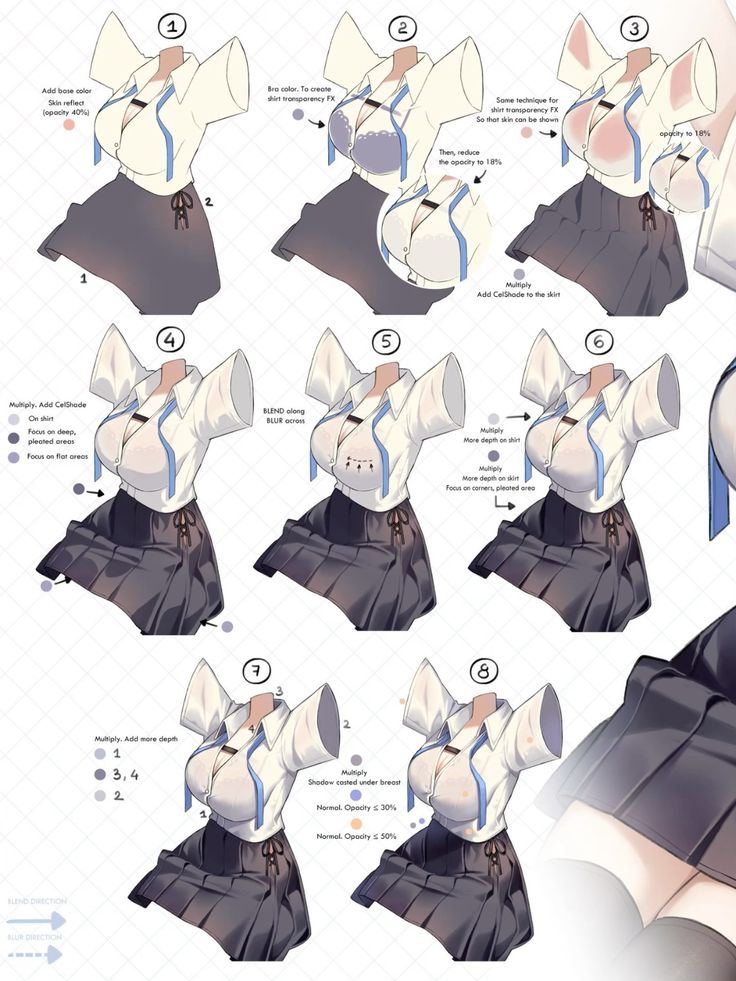
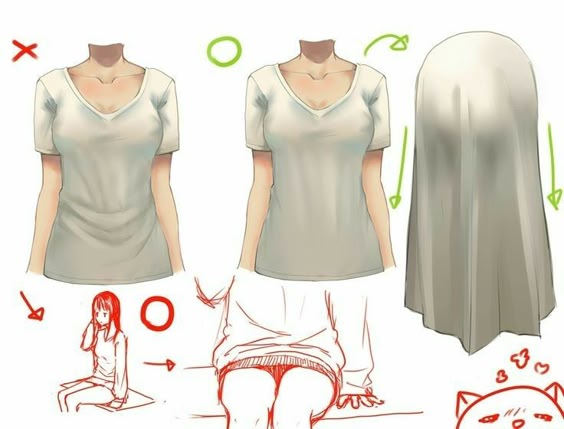
The way clothing interacts with the body can enhance realism and character personality. Understanding fabric behavior is key.
- Types of Fabrics: Different materials drape differently. Flowing fabrics like silk contrast with stiff materials like denim.
- Weight and Movement: Consider how the character’s movement affects the drapery. Clothes should stretch, fold, or billow depending on the pose.
- Shadows and Highlights: Use shading to define the form and texture of clothing. This adds depth and dimension, ensuring the outfit complements the character’s design.
Proper handling of clothing details enriches the overall appearance of the character.
Enhancing Your Sketches
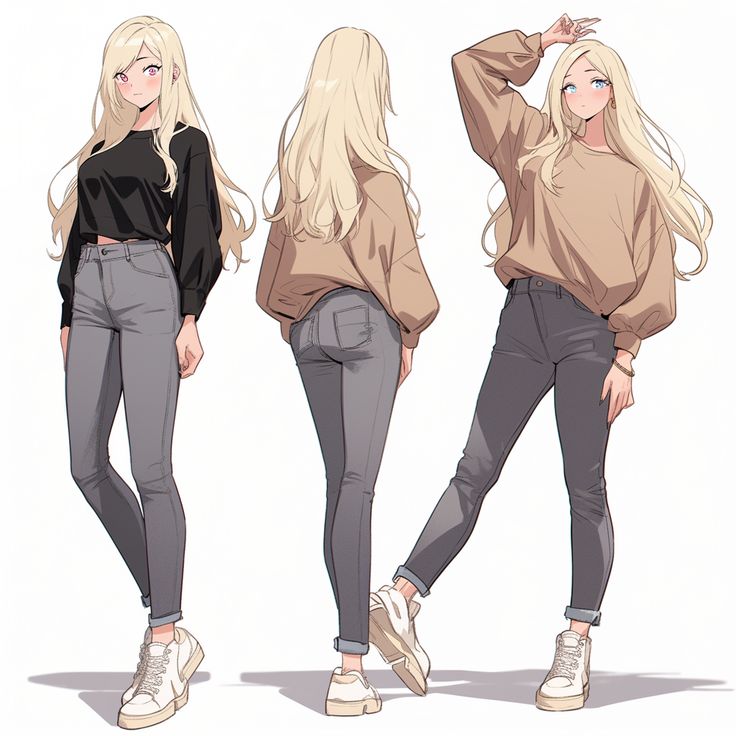
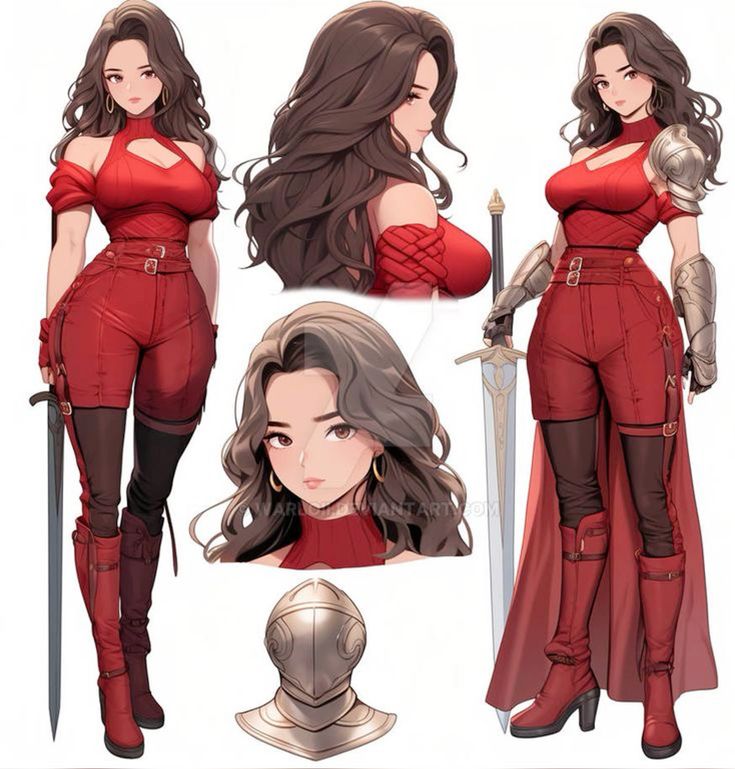
Improving sketches of anime characters involves refining techniques in shading, perspective, and depth. Each element contributes to creating a more lifelike and engaging representation.
Shading and Tonality
Shading is crucial for bringing characters to life. Properly applied shadows create contrast and emphasize features. Artists should consider the light source’s direction.
- Highlight areas where the light hits directly.
- Midtones represent the skin’s natural color.
- Shadows are used in the creases, under the chin, and behind the knees.
Using a range of pencils can enhance this effect. For smoother transitions, blending tools like tissue or blending stumps are helpful. Digital artists can use layers and opacity settings to achieve similar results.
Incorporating Perspective
Perspective affects how characters appear in relation to their surroundings. By manipulating the viewer’s angle, sketches can gain a sense of dynamism.
- Use vanishing points to establish depth.
- Different viewpoints can showcase characters in various positions, like birds-eye or worm’s-eye views.
To create a three-dimensional look, objects closer to the viewer should appear larger. Practicing one-point and two-point perspectives can significantly improve an artist’s skill.
Adding Depth and Volume
Depth creates a sense of realism in sketches. Utilizing techniques like overlapping and scale defines the relationship between characters and their environment.
- Overlap shapes to suggest depth; for example, an arm in front of the body.
- Vary sizes of elements to enhance dimension; larger objects seem closer.
Adding textures can also contribute to the illusion of volume. This could include hair, fabric, or background elements. Whether through traditional or digital means, these techniques elevate the overall presentation of the sketch.
Digital Art Techniques

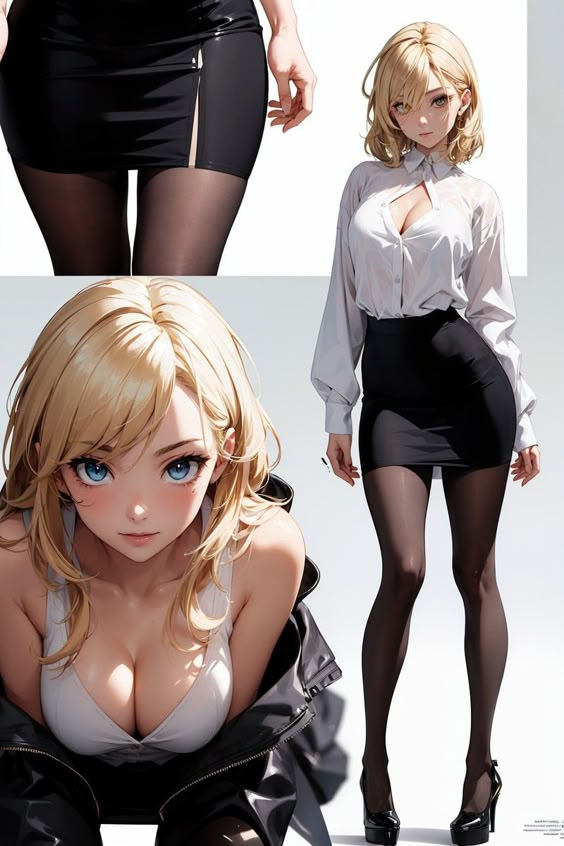
Digital art techniques are essential for creating anime body sketches. They enable artists to blend traditional skills with modern technology, enhancing their creative process.
Transitioning from Paper to Digital
Transitioning from traditional paper sketching to digital art involves several adjustments. Artists must familiarize themselves with digital devices like graphic tablets and styluses.
The learning curve can be steep, particularly in mastering pressure sensitivity and brush settings. Artists often start by scanning their paper sketches, using them as a foundation in programs like Photoshop or Clip Studio Paint.
Layers are a crucial element in digital art, allowing for modifications without affecting the entire work. This feature empowers artists to experiment with different styles and techniques without the fear of making permanent mistakes.
Tools and Software Overview
Selecting the right tools and software is vital for digital sketching. Key software options include:
- Adobe Photoshop: Renowned for its versatility and broad range of tools.
- Clip Studio Paint: Tailored for comic and anime artists, offering specific features like frame-by-frame animation.
- Procreate: A popular choice on tablets, known for its user-friendly interface and extensive brush library.
Artists benefit from using graphic tablets, such as Wacom or Huion, which provide natural drawing experiences. These tools often come with customizable buttons to streamline workflows.
Understanding shortcuts within these programs significantly enhances productivity. It allows artists to focus more on creativity rather than navigating through menus.
Practice and Improvement

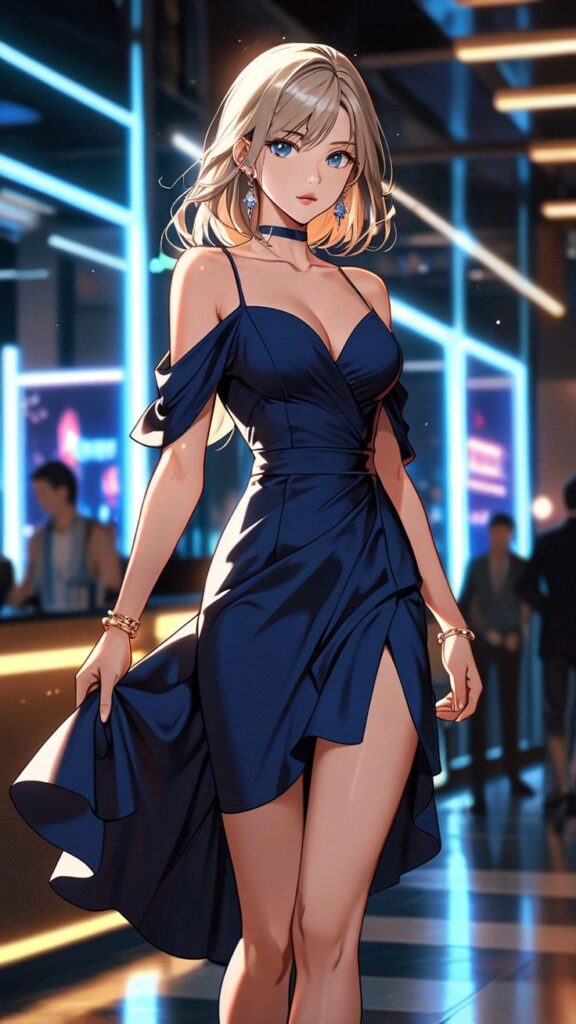
Improvement in anime body sketching requires dedication and a structured approach. By incorporating routine exercises, analyzing professional work, and seeking feedback, artists can develop their skills effectively.
Routine Exercises
Regular practice is essential. Artists can create a schedule that includes drawing various body poses. Focusing on different angles and proportions helps build muscle memory.
An effective routine might include:
- Gesture Drawing: Quick sketches to capture movement and posture.
- Proportions: Practicing human proportions using guides or reference images.
- Anatomy Studies: Understanding muscle structure and how it affects form enhances realism.
Artists should set specific goals for each session, such as completing a set number of sketches. Gradually increasing complexity will lead to steady improvement.
Analyzing Professional Work
Studying the work of experienced artists is beneficial. Artists can dissect techniques used in professional anime sketches. They should pay attention to line quality, shading, and character proportions.
Key steps include:
- Select Examples: Choose various styles to understand different approaches.
- Break Down Elements: Analyze poses, line work, and how forms are constructed.
- Practice Replication: Attempt to reproduce these elements to grasp the techniques.
This process promotes an understanding of the artistic choices made by professionals.
Feedback and Constructive Criticism
Seeking feedback from peers or mentors can accelerate improvement. Artists should be open to critique as it provides valuable insights.
Effective ways to seek feedback include:
- Online Communities: Engaging with others on platforms dedicated to art can provide diverse perspectives.
- Art Classes: Instructors often provide focused feedback tailored to individual needs.
- Personal Reviews: Regularly reviewing one’s own work allows for self-assessment.
Using criticism constructively helps artists identify specific areas to work on. Emphasizing growth rather than perfection leads to a more rewarding learning experience.
- 12.4Kshares
- Facebook0
- Pinterest12.4K
- Twitter0

